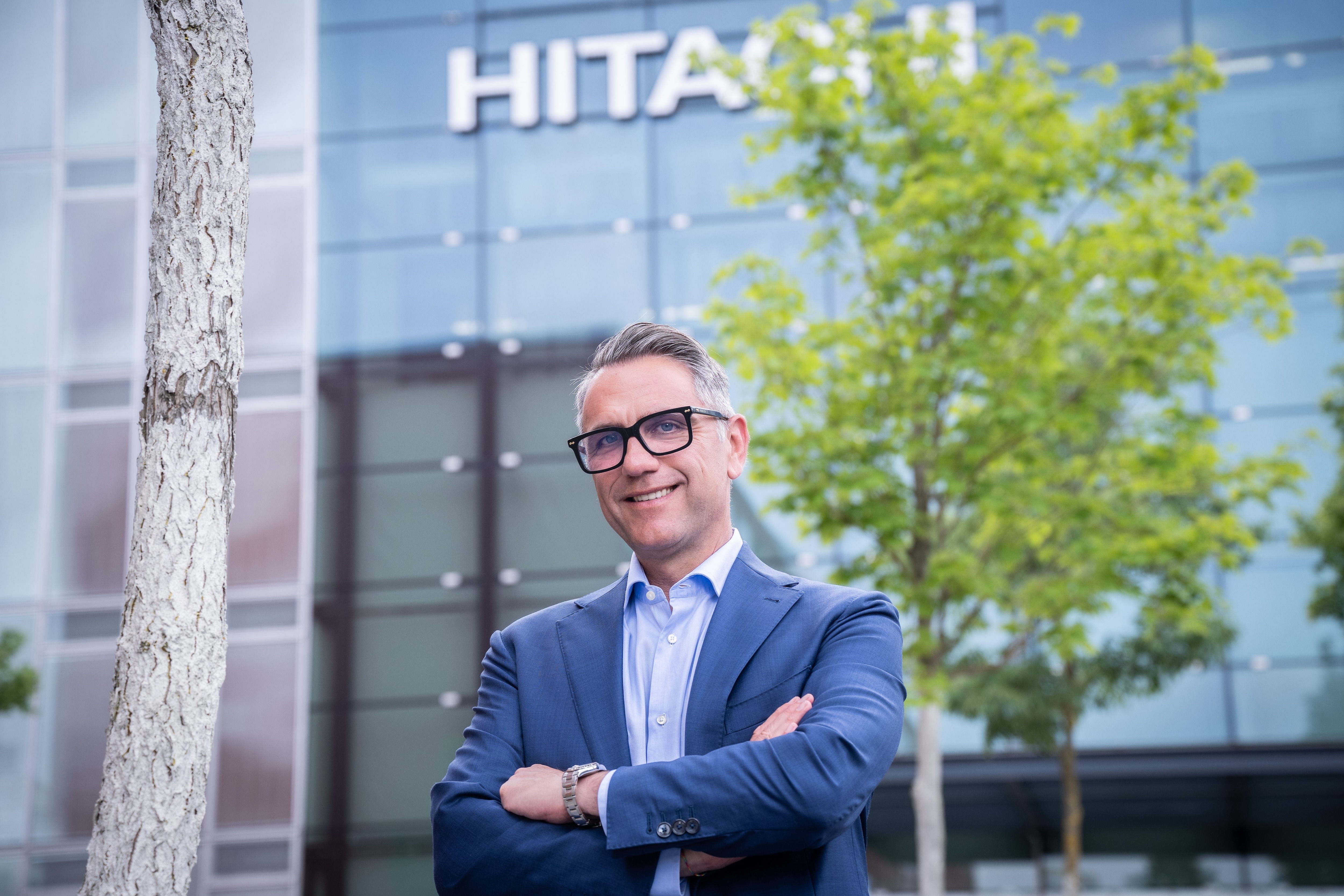Richard Thomas: There are many paths to risk management. What has your journey been?
Marco Aspesi: It’s been a journey spanning both the business and consulting side of risk management in Europe and the United States. I commenced my career with IBM in Italy and later moved to Ernst & Young (EY) in the US. This gave me an end-to-end perspective from strategic business decision making through to operations and risk interdependencies.
IBM’s approach to and understanding of business and risk management issues was very comprehensive. They were like the university for process and risk management. At EY I learned the strategic, forward-looking view about how risk can bring value to the business. In a large, mature market such as the US, clients demand this type of approach and are very discerning, which encourages the develop-ment of cutting-edge practices. For example, at the time, scenario planning was well advanced in the US but not common practice in Italy.
How has this journey influenced your approach to risk management? What are the key lessons learned?
Based on this experience, there are five key principles that guide my approach to Enterprise Risk Management (ERM). Firstly, you need to be very clear about the tangible benefits of any risk programme. Business leaders will only drive initiatives that add value. Provide a business case about how the initiative supports financial growth or minimises the risk associated with achieving the business objectives. This helps ensure that risk becomes part of the strategic decision-making process. Secondly, showcase the risk interdependencies using scenario analyses. This should be broken down by key processes and functions. Very few companies take the time to see how risk can change depending on the key dependencies.
Thirdly, prioritise risks in accordance with their likely business impact from the planning through to the reporting and actions required. Fourthly, establish a community. Talk to people in the business, obtain their feedback through structured feedback channels. These include, for example, workshops and establishing a digital community within the organisation to identify risk from different perspectives. People are increasingly willing to share information in such communities. The important point is to build trust within them, then they will continue to share information and ideas. Last but not least, you need the support of the CEO for a successful ERM programme.


















